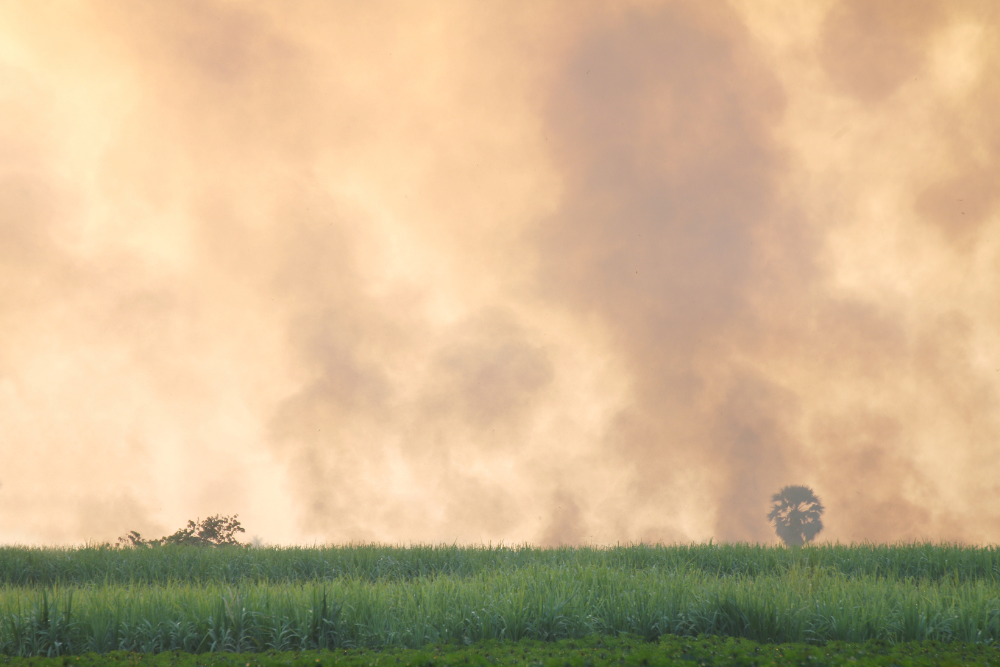Air pollution is a significant global issue with far-reaching consequences for human health and the environment. Understanding the difference between primary vs secondary pollutants is crucial for developing effective strategies to mitigate air pollution. This article will delve into the classification, sources, and health effects of these two types of pollutants.
Air Pollutant Classification
Air pollutants can be broadly categorized into two main groups: primary pollutants and secondary pollutants.
Primary Pollutants
Primary pollutants are emitted directly into the atmosphere from a specific source. These pollutants are released in their harmful form and do not undergo any chemical changes before becoming pollutants. Some common examples of primary pollutants include:
- Particulate matter: Tiny solid or liquid particles suspended in the air.
- Carbon monoxide: A colorless, odorless gas produced by incomplete combustion.
- Sulfur dioxide: A colorless gas produced by the combustion of sulfur-containing fuels.
- Nitrogen oxides (NOx): A group of highly reactive gases formed during the combustion process.
- Volatile organic compounds (VOCs): Organic compounds that can evaporate at room temperature.
Secondary Pollutants
Secondary pollutants are formed in the atmosphere when primary pollutants react with each other or with other substances. These chemical reactions can be triggered by sunlight, water, or other atmospheric conditions. Common examples of secondary pollutants include:
- Ground-level ozone: A harmful pollutant formed by the chemical reaction of sunlight, nitrogen oxides, and volatile organic compounds.
- Acid rain: Formed when sulfur dioxide and nitrogen oxides combine with water vapor in the atmosphere.
- Particulate matter: Some particulate matter can also be formed through secondary processes.
Which is More Harmful, Primary or Secondary Pollutants?
Both primary and secondary pollutants pose significant threats to human health and the environment. The harmfulness of a pollutant depends on various factors, including its concentration, exposure duration, and the individual’s susceptibility. For example, while primary pollutants like carbon monoxide can cause immediate health problems, secondary pollutants like ground-level ozone can cause long-term respiratory issues.
Sources of Air Pollution
The primary sources of air pollutants include:
- Motor vehicles: A major contributor to air pollution, especially in urban areas.
- Power plants: Burning fossil fuels in power plants releases large amounts of sulfur dioxide, nitrogen oxides, and particulate matter.
- Industrial activities: Many industrial processes release harmful pollutants into the atmosphere.
- Agricultural activities: Burning agricultural waste and the use of certain fertilizers can contribute to air pollution.
Health Effects of Air Pollution
Exposure to air pollutants can have a wide range of adverse health effects, including:
- Respiratory problems: Asthma, bronchitis, and lung cancer.
- Cardiovascular diseases: Heart attacks and strokes.
- Eye irritation: Redness, itching, and tearing.
- Neurological problems: Impaired cognitive function and memory loss.
The Clean Air Act and Air Quality
The Clean Air Act is a landmark piece of U.S. environmental legislation that has significantly reduced air pollution levels. This act sets national standards for air pollutants and has led to the development of technologies to control emissions from various sources.
The Impact of Air Pollution on Climate Change
Air pollution not only affects human health but also contributes to climate change. Greenhouse gases, such as carbon dioxide and methane, are also air pollutants. These gases trap heat in the atmosphere, leading to global warming and its associated consequences, including rising sea levels, extreme weather events, and changes in agricultural patterns. Reducing air pollution is crucial for mitigating climate change and ensuring a sustainable future.
The Role of Technology in Reducing Air Pollution
Technological advancements have played a significant role in reducing air pollution. Catalytic converters in vehicles, scrubbers in power plants, and advanced emission control systems have helped to significantly reduce emissions of harmful pollutants. Continued research and development are essential for developing even more effective technologies to combat air pollution.
International Cooperation on Air Pollution
Air pollution is a global issue that requires international cooperation to address effectively. Countries must work together to develop and implement policies and regulations that reduce emissions and improve air quality. International agreements, such as the Paris Agreement, provide a framework for countries to collaborate on climate action, including reducing air pollution.
The Importance of Public Awareness and Education
Raising public awareness about the dangers of air pollution and the steps that individuals can take to reduce their exposure is crucial for promoting environmental action. Education campaigns can help to inform the public about the causes and effects of air pollution, encourage sustainable behaviors, and empower individuals to advocate for cleaner air.


